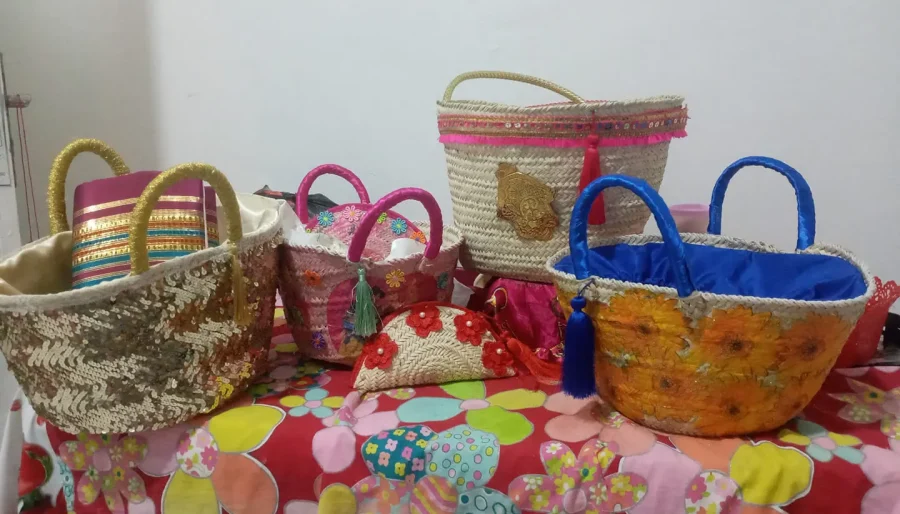Handicrafts, being integral to cultural fabric of any society, serve as touching reflections of nation’s identity and history besides offering avenues for economic uplift. Traditional handicrafts are tangible beauties and a sense of comfort for all. The artisans, who are often characterized as soft-hearted people, harmonize hands and minds in the pursuit of matchless work. Their exquisite creations embody aesthetics and creativity to develop and maintain deep connection with nature.
Although after the industrial revolution, the machines replaced human beings to create more refined and bulk production of commodities yet the relics of handmade goods still continue to sustain thanks to art loving people.
The artisans of South Punjab, a culturally rich region where rhythmic hum of skilled hands once shaped clay, fabric and leather into intricate pieces of art, are still struggle to survive not knowing how long they could sustain in this changing world. Known for ages-old crafts of Mud Pottery, Block Printing, Okair Sazi, Camel Skin Work and much more, the artisans in the region are facing an uncertain future. The decline in demand for handmade items, driven by the allure of machine-made alternatives, cast a shadow on the skilled artisans and rich heritage they have been upholding for generations. Siddique, a seasoned potter with 45 years of experience, paints a gloomy picture as he feared extinction of nearly a hundred items crafted from locally sourced mud. In the city, once there had been over a thousand families, dedicated to pottery, scattered across hubs like Chowk Kumharanwala, Mohalla Kumhran, and some areas in Interior city, Siddique said. But, today only a handful of potters remain and younger generation is showing zero or little interest in embracing this ancient skill.We loved our art and felt proud to be artisans. But, situation has changed. Both the machines and our younger generation, would ultimately extinct this culture, he regretted. But determined Siddique said, although the number of potters is on decline, I would continue to shaping mud pots and preserving the cultural significance of handmade vessels. The decline is not limited to pottery alone as the modernization was eating up the revered art of Block Printing.
Nearly 50 small factories and units in the region had fallen prey to industrial revolution and modernization, remarked Waheed, a skilled artisan in Block Print Cloth. The demand for traditional block-printed clothes has significantly reduced in this era of modern fabrics, he stated. Now only people like me continue with Block Printing as we cannot do other business. Okair Sazi, the artistry of carving leather into intricate designs also faces a similar fate. Haq Nawaz, the lone artisan in the city, speaks of this unique skill that once commanded demand from Europe, especially Germany. Today, Okair Sazis rarity and high cost limit it to specific customers from big cities. Another important legacy of handicrafts the camel skin work is also facing the similar situation. I visited 32 countries by the dint of this art. Those were the good old days. But, the situation has changed now, remarked Abdur Rehman Naqash, a torchbearer of unique craft. The artisans and handicrafts in our country are not supported like the artisans in Turkey, China and India where traditional skills are actively promoted by the governments also integrating them into educational curricula, he stated.
We in South Punjab direly need practical patronage to promote our traditional handicrafts. Recalling the past, Naqash said, this art is also fading away. Once flourishing, with nearly 50 artisan families specialized in camel skin work, the crafts allure captured global recognition. Our intricate lamps and decoration articles once found a place of prominence in homes across Europe and China.










